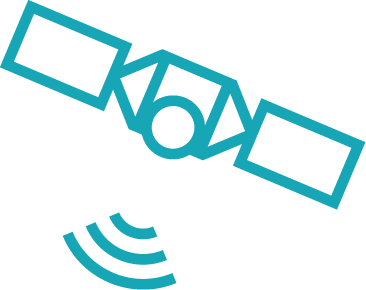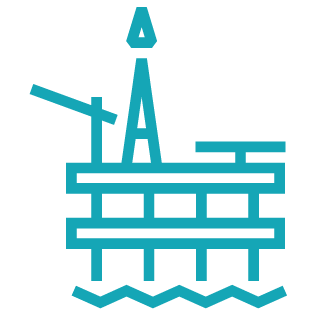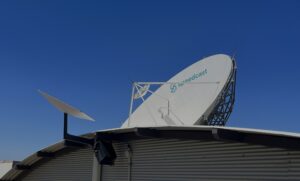Challenge, Change and Opportunity
Whitepaper Preview:
For all its vast revenue and global reach, the oil, gas and petrochemical sectors face a set of converging challenges today. Lower oil and gas prices have become the new normal, and producers are feeling the heat. Volatile prices increase the pressure to reduce costs and increase productivity — yet also make decision-makers hesitate to commit to new technology investment that could deliver those values. Also on the tech investment list are environmental, safety and security concerns, while the turbulent state of international politics adds to the challenges of exploring and producing. If that were not enough, the availability of skilled personnel is reaching new lows. Having laid off nearly 300,000 workers worldwide at the beginning of the oil price declines in 2014, the industry is now facing the retirement of the Boomer generation. In the US alone, the industry needs to hire 100,000 new workers for jobs with uncertain prospects that require long periods away from home.1
Drowning in Data
The industry has talked for years about the “digital oilfield” — shorthand for bringing the Internet of Things (IoT) revolution to the exploration, production and transport of oil and natural gas. While some progress has been made, these converging challenges are providing fresh motivation to turn that concept into an everyday reality. Substantial investment has gone into data technology over the past decade. In shale gas extraction, data from seismic monitoring helps producers adapt their drilling and fracking processes based on a better understanding of the structure of shale basins. Sensors deep in drilling equipment or producing wells send a stream of information that tells producers how equipment is performing. Sensors in pipelines measure stresses and allow operators to perform preventative maintenance or shutdowns. In fact, the industry is nearly drowning in the output of such data. The operational complexity of production and processing facilities is rapidly overwhelming the ability of crews to manage it. In a typical example, three control room operators on an offshore rig receive data from as many as 30,000 sensors and can control some 200 operating variables. They have the support of SCADA systems, simulation tools and training, but they have too much information to process and too many decisions to make based on that data.2
Register to download and read the full whitepaper.
1 “Energy Jobs: Oil and Gas Industry Could Hire 100,000 Workers – If It Can Find Them,” CNBC, July 8, 2016.
2 Anders Brun, Monica Trench and Thijs Vermaat, “Why Oil and Gas Companies Must Act on Analytics,” McKinsey & Compay, October 2017.
Get the Whitepaper




























